Organizations looking for justification to move beyond legacy reporting, should review this little ditty from the healthcare industry:
The Institute of Medicine (IOM) estimates that the United States loses $750 billion annually to medical fraud, inefficiencies, and other siphons in the health-care system[1].
The report identified six major areas of waste: unnecessary services ($210 billion annually); inefficient delivery of care ($130 billion); excess administrative costs ($190 billion); inflated prices ($105 billion); prevention failures ($55 billion), and fraud ($75 billion). Adjusting for some overlap among the categories, the panel settled on an estimate of $750 billion (see Figure 1).
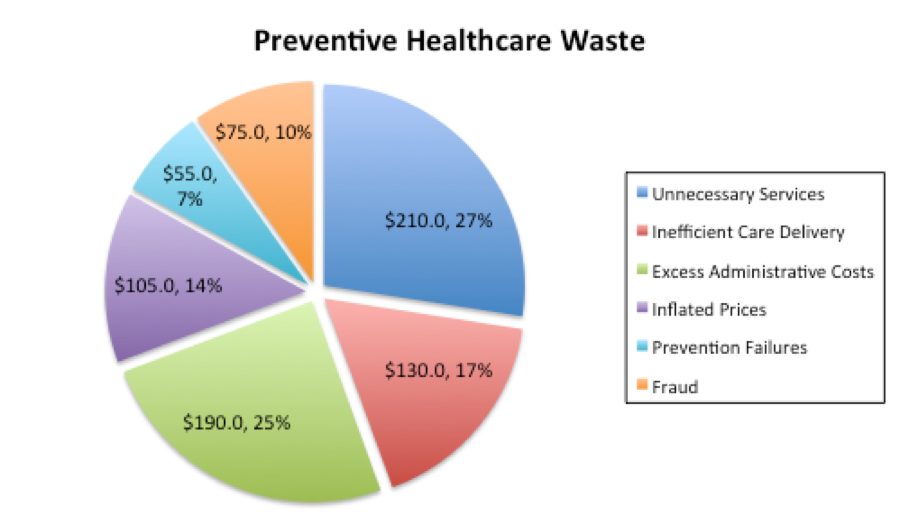
Figure 1: Preventable Healthcare Costs
“Best way to reduce operating and business costs and risks is to prevent them!”
What is Preventive Analytics?
“Preventive Analytics” typically refers to solutions that monitor systems to identify and prevent unplanned failures and downtime, and the associated costs. Yet, that narrow definition misses the larger opportunity to apply preventive analytics across a broad range of industry problems. Companies across numerous verticals, besieged by fraud, waste, abuse, foodborne illnesses or food poisoning, excessive and obsolete inventory, and product returns, would benefit from a greater commitment to preventive analytics:
- Association of National Advertisers estimated that Ad Fraud will cost $7.2 Billionin 2016
- The Auto Loan industry estimates that fraud will cost the industry $6 billionin 2017
- Insurance fraud causes greater than $80 billion a year across all lines of insurance (Coalition Against Insurance Fraud estimate)
- The USDAestimated that foodborne illnesses cost more than $15.6 Billion in 2016. And Chipotle lost $8 billion in market valuation related to store-induced customer food illnesses.
- It is estimated that Product Returns cost UK retailers £60 billon a year
“A billion here and a billion there, and pretty soon we’re talking about real money!”
Predict ►Prescribe ►Prevent Analytics Value Cycle
To date, technologists have heavily focused on three core functions of analytics — Descriptive, Predictive, and Prescriptive. Surprisingly, little has been written about Preventive Analytics and how it complements the other three. As a refresher, these analytics grouping are defined as:
- Descriptive Analytics: Use Business Intelligence and data warehousing to support management and operational reporting, and dashboards using aggregated data. Descriptive analytics answers the question: “What has happened?”
- Predictive Analytics: Use statistical models to quantify cause-and-effect to predict what is likely to happen or how someone is likely to react (i.e., a consumer’s FICO credit score predicting likelihood to repay a loan). Predictive Analytics answers the question: “What is likely to happen?”
- Prescriptive Analytics: Use optimization algorithms to prescribe actions to improve human decision-making around outcomes.Prescriptive Analytics answers the question: “What should we do?”
Now we need to add the category for Preventive Analytics.
- Preventive Analytics: Use deep learning and machine learning to make preventive recommendations to avoid undesirable situations and outcomes. Preventive Analytics answers the question: “What actions should we take to prevent undesirable outcomes?”
Figure 2 lays out the Analytics Value Chain progression from Predictive to Prescriptive to Preventive analytics.
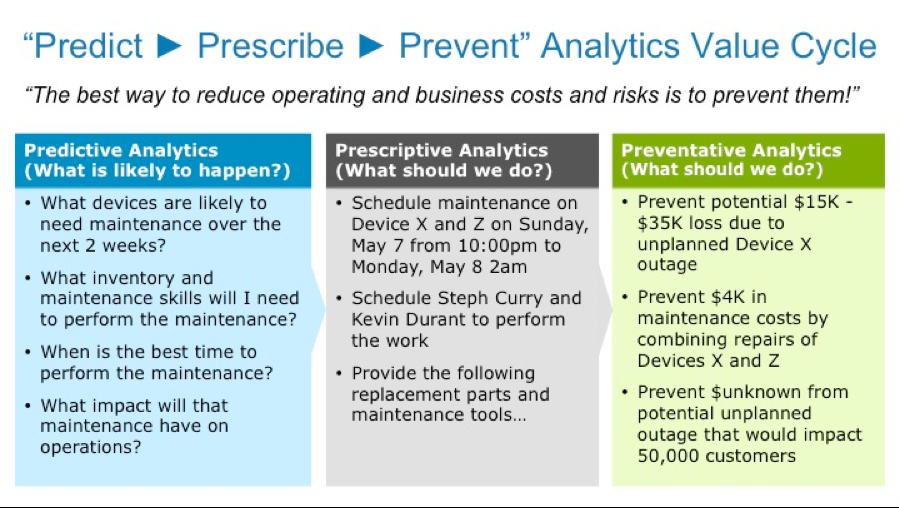
Figure 2: Predict to Prescribe to Prevent Analytics Value Cycle
See the blog “Artificial Intelligence is not ‘Fake’ Intelligence” for deeper definitions on these analytics classifications.
Preventive Analytics Examples
Let’s make preventive analytics come to life through some examples. Imagine a local government searching for opportunities to 1) reduce costs while 2) improving resident quality of life. Tackling fraud, waste, and abuse while simultaneously increasing citizen satisfaction and quality of life is a compelling win-win combination!
Another example is occurring within “Smart City” initiatives. Traffic data helps local agencies better predict traffic flows and patterns in order to decrease the number rate of traffic jams and traffic accidents (see Figure 3).
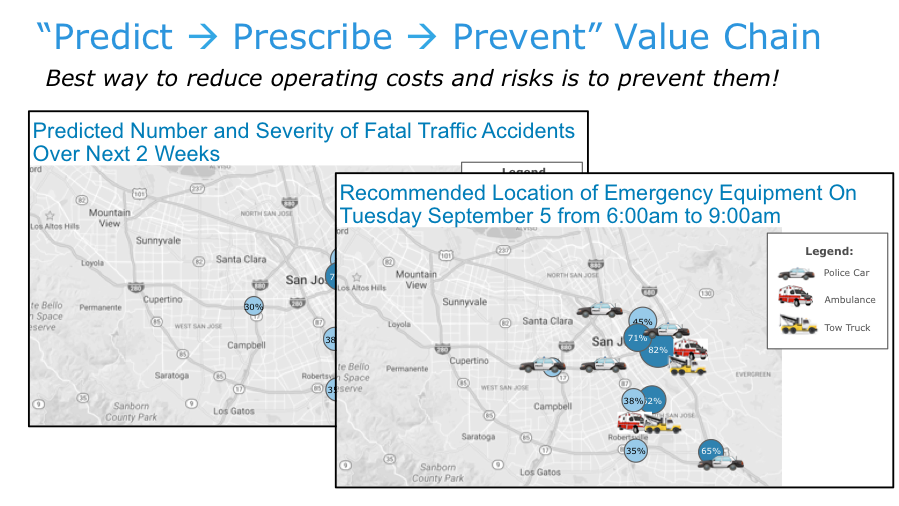
Figure 3: From Predicting to Preventing Traffic Accidents
Below are more opportunities for city, state, and local governments to apply preventive analytics to decrease costs while improving citizen quality of life:
- Reduce Hospital acquired infections and hospital readmissions.
- Reduce graffiti and incidents of crime.
- Reduce threats and losses from Cyber attacks.
- Reduce costs associated with unexpected equipment failures.
- Reduce the impact from electricity, network, and utility outages.
Opportunities are only limited by the organization’s creative thinking. For the average business, the most significant preventive analytics opportunities will have bottom line impacts – preventing customer and employee attrition.
Biggest Financial Winner: Preventing Customer Attrition
It is estimated that new customer acquisition is 5 to 25 times more expensive than retaining an existing one. Consider the research done by Frederick Reichheld of Bain & Company (inventor of net promoter score) that observed customer acquisition in the banking industry. Reichheld’s data reveals that increasing customer retention rates by 5 percent boosts profits by 25 percent to 95 percent.
Furthermore, reducing defections by just 5 percent generated 85 percent% more profits in one bank’s branch system, 50 percent more in an insurance brokerage, and 30 percent more in an auto-service chain. MBNA America found that a 5 percent improvement in defection rates increases its average customer value by more than 125 percent[2](see Figure 4).
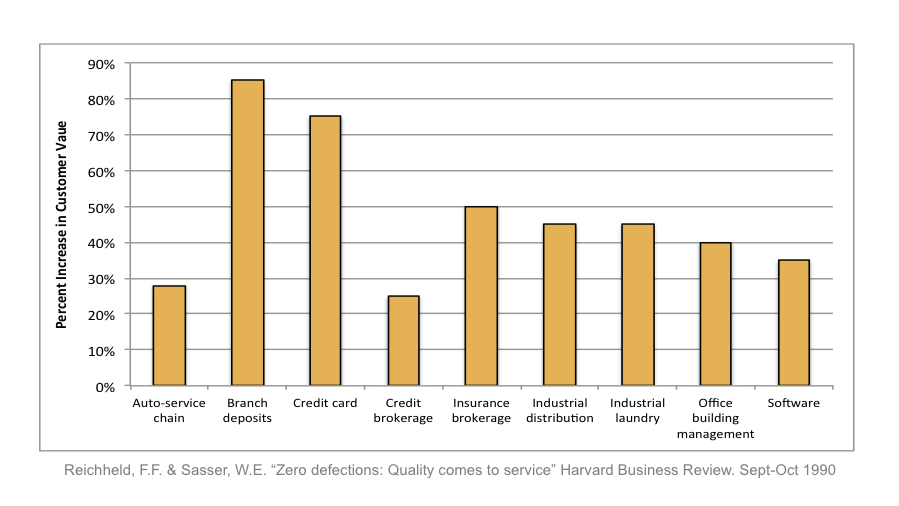
Figure 4: “Customer Experience Management for Startups”
https://www.slideshare.net/vishaltx/cemforstart-ups121125224027phpa…
Here are customer attrition or churn rates for other industries[3]:
- American credit card companies:approximately 20 percent
- European cellular carriers: 20-38%
- Software-as-a-Service companies: 5-7%
- Retail banks: 20-25%
- In 2003, the churn rate of daily newspaper subscriptions in the U.S. was 58%
The financial impact of preventing customer attrition is staggering! See my blog “Optimizing the Customer Lifecycle With Customer Insights” for more details on leveraging Big Data to rewire your customer lifecycle management processes.
Unrealized Financial Winner: Preventing Employee Attrition
It isn’t just customer attrition that carries significant costs. Analysis by the Center for American Progress[4]reviewed 30 case studies published between 1992 and 2007 that provided cost estimates from employee turnover. The analysis found that businesses spend approximately 20 percent of an employee’s annual salary to replace that worker. That cost is even higher for high skilled and senior management (see Figure 5).
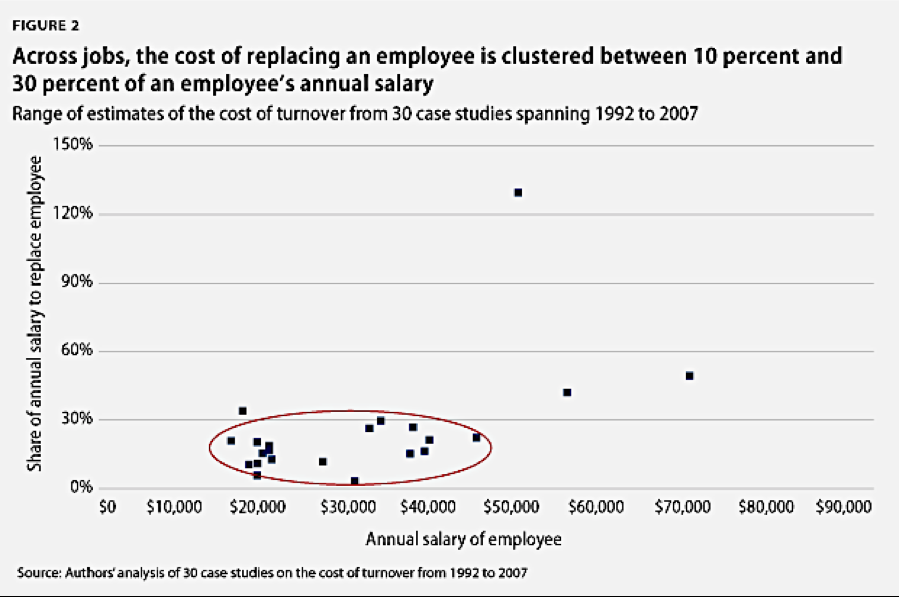
Figure 5: Hidden Costs associated with Employee Attrition
Yes, it is financially smart for organizations to use Preventive Analytics to identify, understand, and act on at-risk employees that can both decrease employee acquisition costs while improving employee workplace satisfaction.
Preventive Analytics Summary
Preventive Analytics – like Descriptive, Predictive and Prescriptive Analytics – plays an important role in exploiting the power of data and analytics to drive digital transformation and create an intelligent enterprise (see Figure 6).
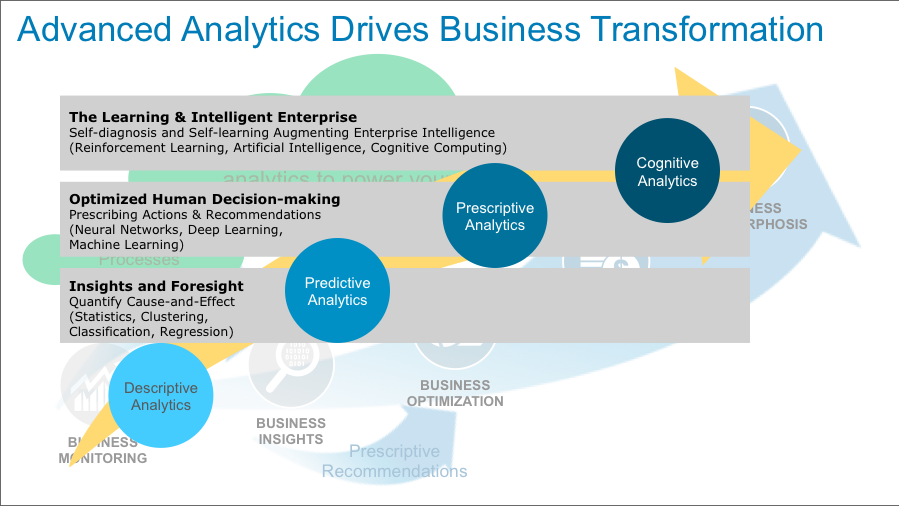
Figure 6: Creating the “Intelligent Enterprise”
The “has potential to dramatically reduce or eliminate costs associated with fraud, waste, and abuse while simultaneously increasing customer, employee, and citizen satisfaction and quality of life. Hard to beat those benefits!
[1]Source: “How the U.S. Health-Care System Wastes $750 Billion Annually” https://www.theatlantic.com/health/archive/2012/09/how-the-us-healt…
[2]Harvard Business Review “Zero Defections: Quality Comes to Services”
https://hbr.org/1990/09/zero-defections-quality-comes-to-services
[3]“How to Calculate (And Lower!) Your Customer Churn Rate” https://www.wordstream.com/blog/ws/2014/05/12/customer-churn
[4]“There Are Significant Business Costs to Replacing Employees” https://www.americanprogress.org/issues/economy/reports/2012/11/16/…
